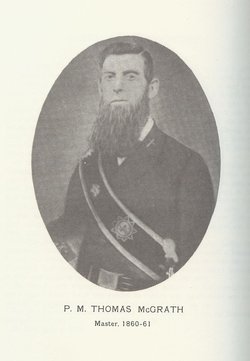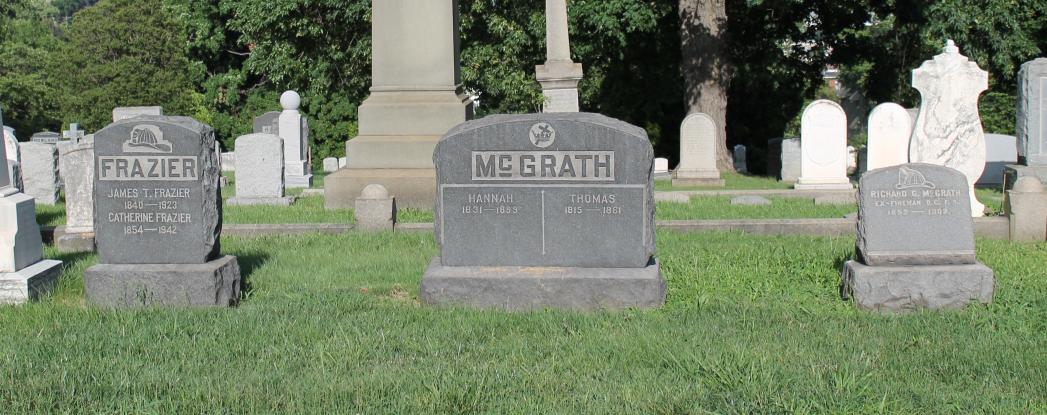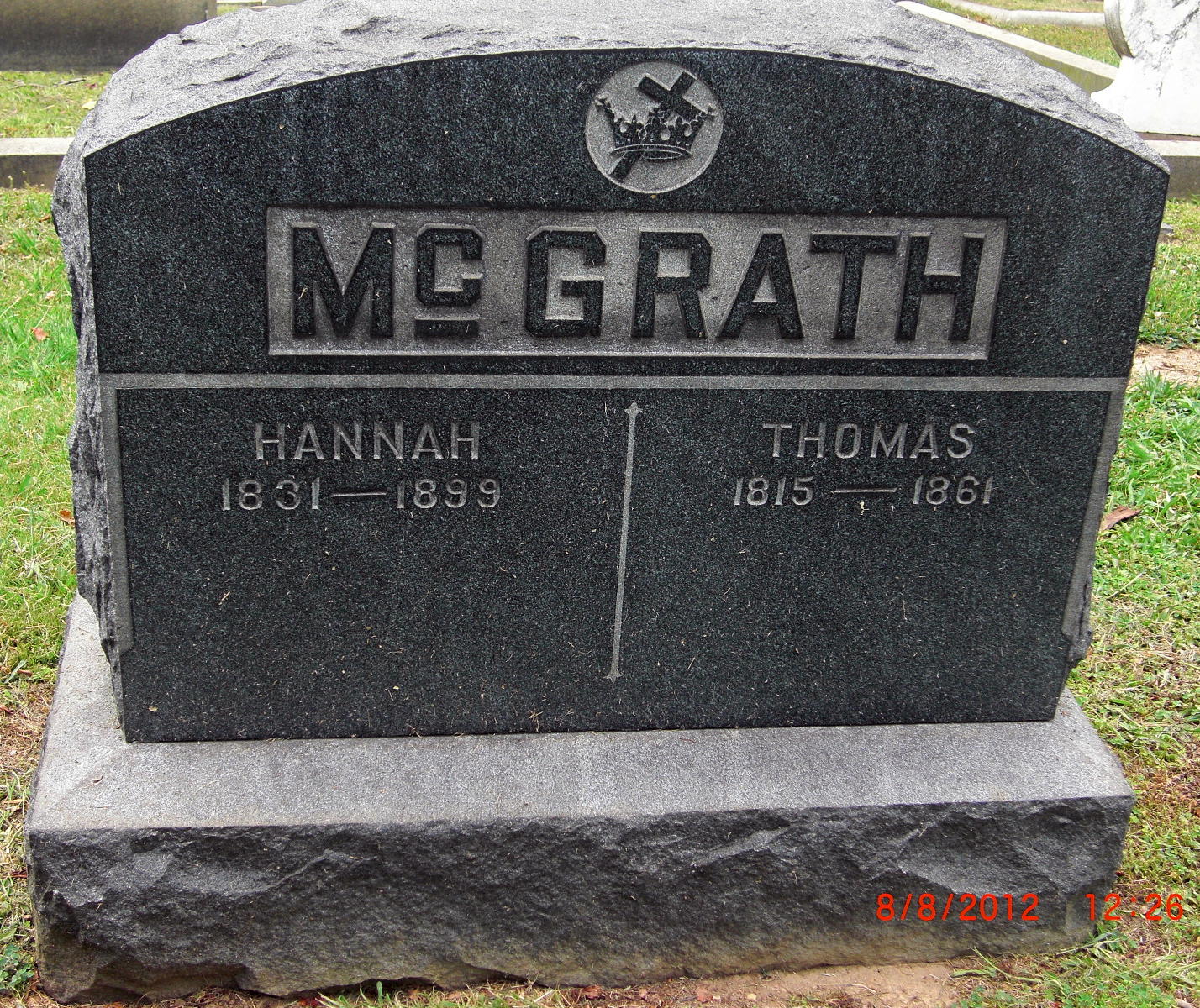In 1853, he relocated to Washington, D.C. and within a few years became the proprietor of several shops; one in Georgetown, one at the south end of the Treasury Extension, and one at the southwest corner of the U.S. Capitol grounds. He produced and maintained tools and equipment used by the workers engaged in construction of the House and Senate wings of the Capitol building and other projects around the growing city.
Thomas was an active and influential Freemason and was a member of Lebanon Lodge #7 in Washington. He rose quickly through the ranks of Freemasonry, serving his lodge as Senior Warden and Worshipful Master and achieving 33rd degree. He was also a member of the Knights Templar, Washington Commandery #1.
In the months leading up to the Civil War, Thomas was commissioned as 2nd Lieutenant of the Mechanics' Union Rifles, Company 'A' of the 7th Battalion, District of Columbia Light Infantry. This unit was manned by operative masons and stonecutters, many of whom were employed in the construction of the U.S. Capitol building. In response to President Lincoln's call for 90-day volunteers, the Company was mustered into the service of the United States shortly after the attack on Fort Sumter in April, 1861, and was posted at the Capitol as a guard force. The Rifles were so formidable that no attack was attempted during their watch. They never left the city and saw no combat. The unit disbanded in July of the same year.
Thomas died in an accident while returning from a sailing trip on the lower Potomac River. He fell overboard and drowned as the result of a collision between the pungy he was on and a northbound steamer off Port Tobacco Creek, Maryland. His body was not recovered until three weeks later. The remains were returned to Washington City and buried with Masonic honors at Glenwood Cemetery. His headstone was probably crafted by his lodge brothers, who assumed the cost of the funeral.
At the time of his death, Thomas was President of the volunteer Columbia Fire Company, which operated a fire station at New Jersey avenue and B street south, near the Capitol. He was also a member of the D.C. Common Council representing Ward 6, having been elected on the slate of the Unconditional Union Party. He was survived by his wife Hannah, six sons and a daughter - ranging in age from Alexander Wallach - born after Thomas' death - to William, the eldest, who was 15 or 16.
In 1853, he relocated to Washington, D.C. and within a few years became the proprietor of several shops; one in Georgetown, one at the south end of the Treasury Extension, and one at the southwest corner of the U.S. Capitol grounds. He produced and maintained tools and equipment used by the workers engaged in construction of the House and Senate wings of the Capitol building and other projects around the growing city.
Thomas was an active and influential Freemason and was a member of Lebanon Lodge #7 in Washington. He rose quickly through the ranks of Freemasonry, serving his lodge as Senior Warden and Worshipful Master and achieving 33rd degree. He was also a member of the Knights Templar, Washington Commandery #1.
In the months leading up to the Civil War, Thomas was commissioned as 2nd Lieutenant of the Mechanics' Union Rifles, Company 'A' of the 7th Battalion, District of Columbia Light Infantry. This unit was manned by operative masons and stonecutters, many of whom were employed in the construction of the U.S. Capitol building. In response to President Lincoln's call for 90-day volunteers, the Company was mustered into the service of the United States shortly after the attack on Fort Sumter in April, 1861, and was posted at the Capitol as a guard force. The Rifles were so formidable that no attack was attempted during their watch. They never left the city and saw no combat. The unit disbanded in July of the same year.
Thomas died in an accident while returning from a sailing trip on the lower Potomac River. He fell overboard and drowned as the result of a collision between the pungy he was on and a northbound steamer off Port Tobacco Creek, Maryland. His body was not recovered until three weeks later. The remains were returned to Washington City and buried with Masonic honors at Glenwood Cemetery. His headstone was probably crafted by his lodge brothers, who assumed the cost of the funeral.
At the time of his death, Thomas was President of the volunteer Columbia Fire Company, which operated a fire station at New Jersey avenue and B street south, near the Capitol. He was also a member of the D.C. Common Council representing Ward 6, having been elected on the slate of the Unconditional Union Party. He was survived by his wife Hannah, six sons and a daughter - ranging in age from Alexander Wallach - born after Thomas' death - to William, the eldest, who was 15 or 16.
Inscription
Thomas' headstone says he died in 1861. There is documentary evidence to confirm that he died on March 31, 1862.
Gravesite Details
The emblem above the name is the Masonic Cross and Crown signifying Thomas' status as a Knight Templar.












